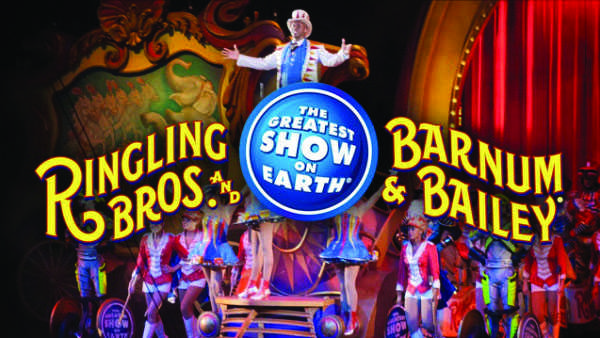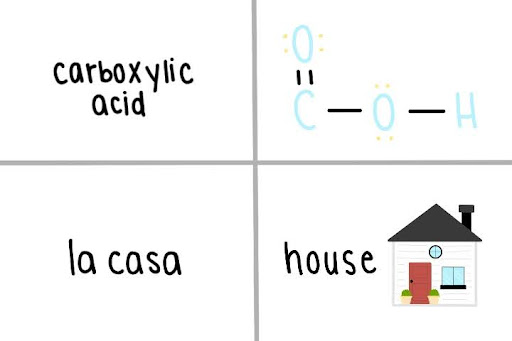The end of ‘The Greatest Show on Earth’
January 24, 2017
Growing up, most children remember going to the circus with their families and friends. Kids would go to watch performers, trained animals and eat circus peanuts. For most, going to the circus was a tradition and they looked forward going every year. But after 146 years, the Ringling Bros. and Barnum and Bailey Circus will shut down due to low ticket sales and debate over the use of animals.
After nearly a century and a half of performances, “The Greatest Show on Earth” is going to perform its last show in May. Ticket sales plummeted and started to dip even lower due to the public’s distaste in the use of show animals. The touring groups will continue to tour major cities for the next four months until their final show in May.
“Their existing animals — lions, tigers, camels, donkeys, alpacas, kangaroos and llamas – will go to suitable homes,” said Bill Sikes from the Associated Press.
The finale of the circus does not just affect watchers, it also determines the fate of all the workers. When the final show is done the performers, cooks, animal trainers and the rest of the crew will be out of work and will be forced to find other sources of income.
“Most of the performers, who come from 18 countries, are between 18 and 26. But some are older, with their own families, including 15 children, who have their own teacher and day care on board,” said Anne Barnard from The New York Times. “The Lopez family of trapeze artists – two brothers and their wives – between them have five children, whose grandmother rides along to watch them.”
Not only is a field of entertainment ending but so is a legacy. As the circus is coming to an end, so is a part of American history that we have all grown up with and that most are not ready so say goodbye to.







